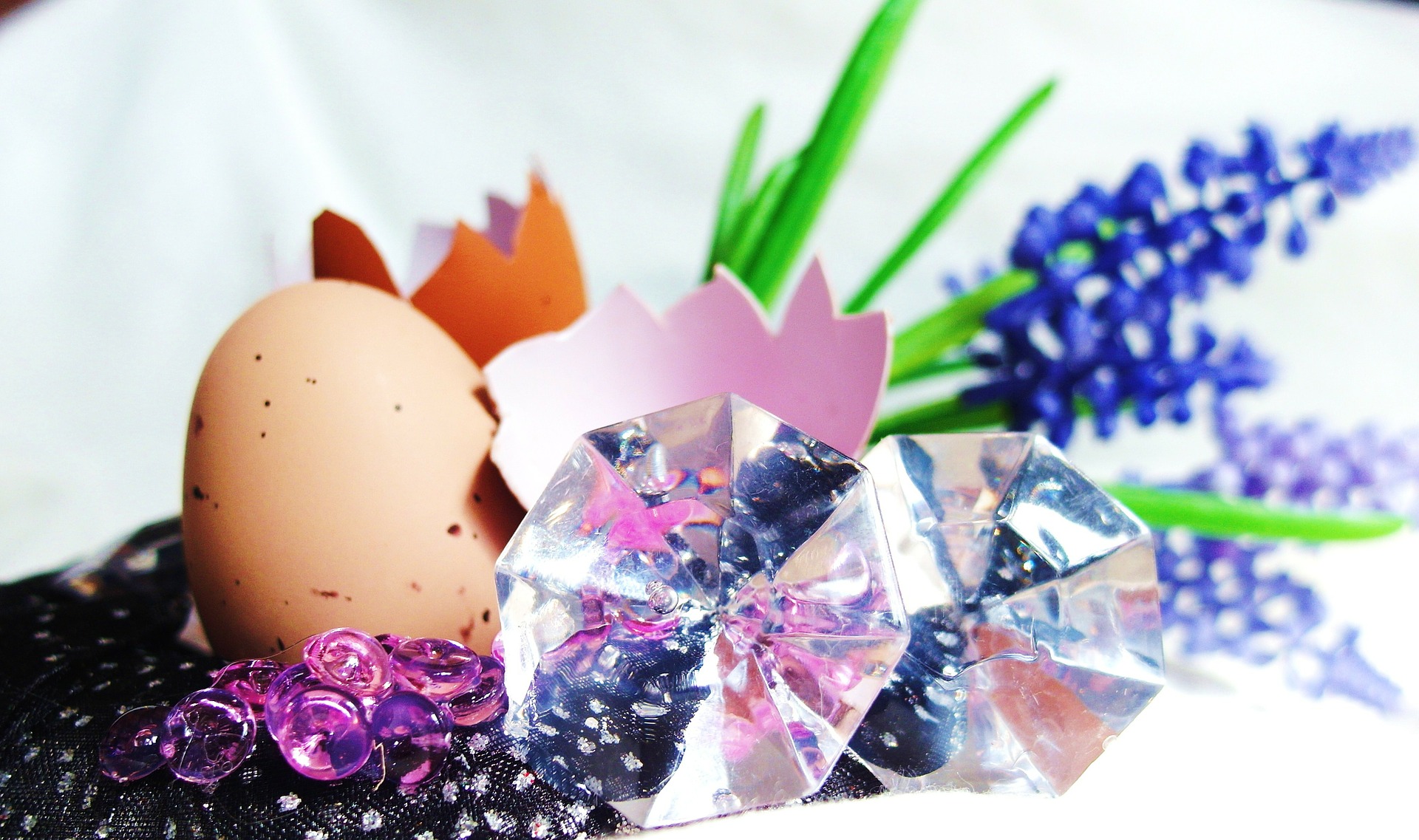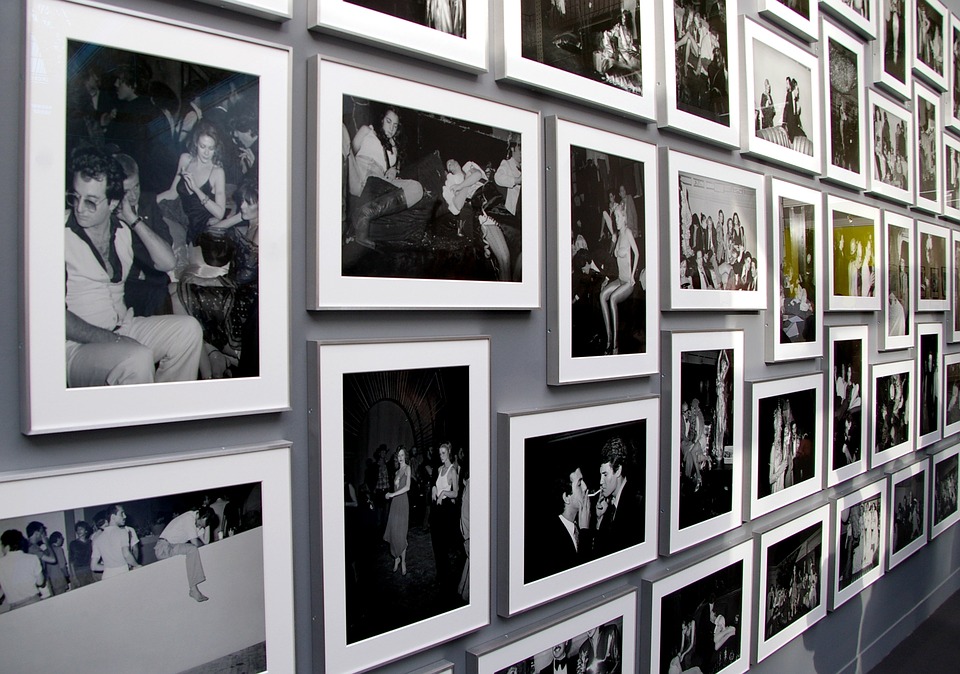Diamond painting is as artistic as it is exciting. Realizing that breathtaking design after rigorously placing your diamond facets all days can be really fulfilling. Just like any other artwork, mistakes are as natural and integral to the process.
While mistakes form a vital part of the learning curve, there is no doubt they could be painful at times. Let us explore some of the most prevalent mistakes diamond painters slide into and the way out.
When your diamonds not staying in place:
This is one infamous pain many battles when painting with their diamond painting kits. Upon successfully applying your drills to the canvas, it is ideal that you should be able to bend and manipulate them your way.
However, in practice, some of the gems may fall off intermittently such that you have to restore them by pressing them back into position. This can be frustrating for sure.
There is an easy way to reduce the propensity of this nightmare. You can keep the finished piece up to prevent a scenario where the adhesive is thoroughly dried out before you get to finish work on each segment. It would serve you better if you share your sheet (protective) into various segments which you would peel as you progress in your work.
When your diamonds get crooked:
If you work with square drills, the probability is very high that you would encounter this mistake as you tend to arrange them in rows diligently. The reality is that if a row gets twisted, the picture on the overall may appear warped. There are ways to get around this.
What you need to do is get a set of tweezers to prod the drills back into a straight line. You can also use the edge of a knife. Note that you wouldn’t be able to this prodding if the adhesive has dried out. So it is best to go for it when the adhesive is yet sticky checking every row as you steadily progress.
When you commit the abomination of putting down the wrong color:
Often when working with your diamond painting kits, we stumble into putting down the inappropriate color damaging our work. What is the way out?
You can simply get your tweezers to unpick the color. If you choose to put the colors down, you will end up spending far more time. However, when unpicking the colors, ensure you don’t scratch the adhesive layers (while scraping them) on your canvas.
It is all about gentility for sure. Don’t be scared to pull but try your best not to be too forceful in the act. The organization would be of immense help here. You can also resort to labeling every one of these colors to be able to distinguish between them easily.
A sample gem works well for labeling them on the side. More importantly, place these colors in different labeled bags.
Would you love some diamond paintings that stun and gush artistic genius? Then you should be getting your orders from Diamond Express. You can only expect exceptional quality. Can you expect less when Diamond Express uses a $50,000 state-of-the-art Epson laserjet printer for print your orders?
Read Also:






















